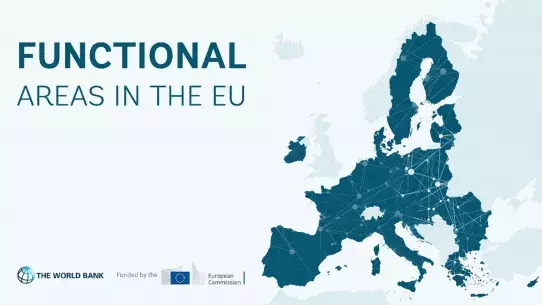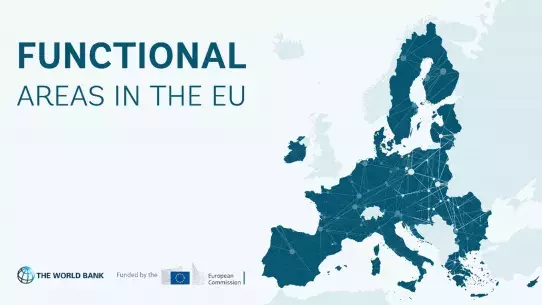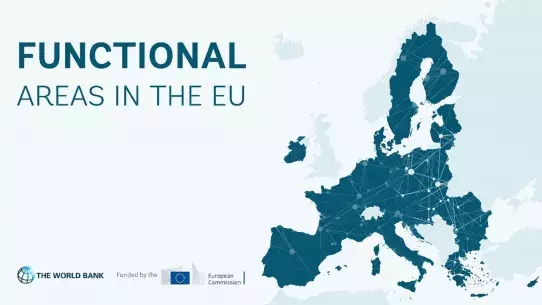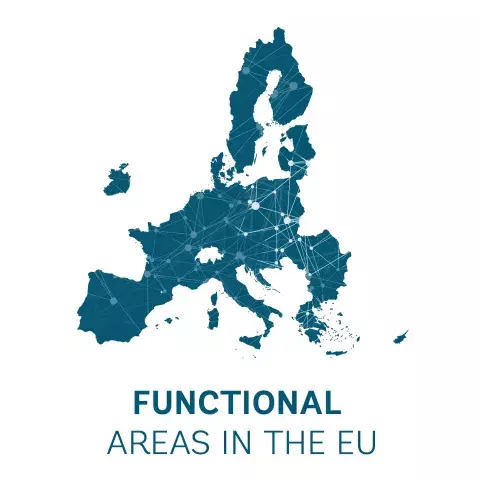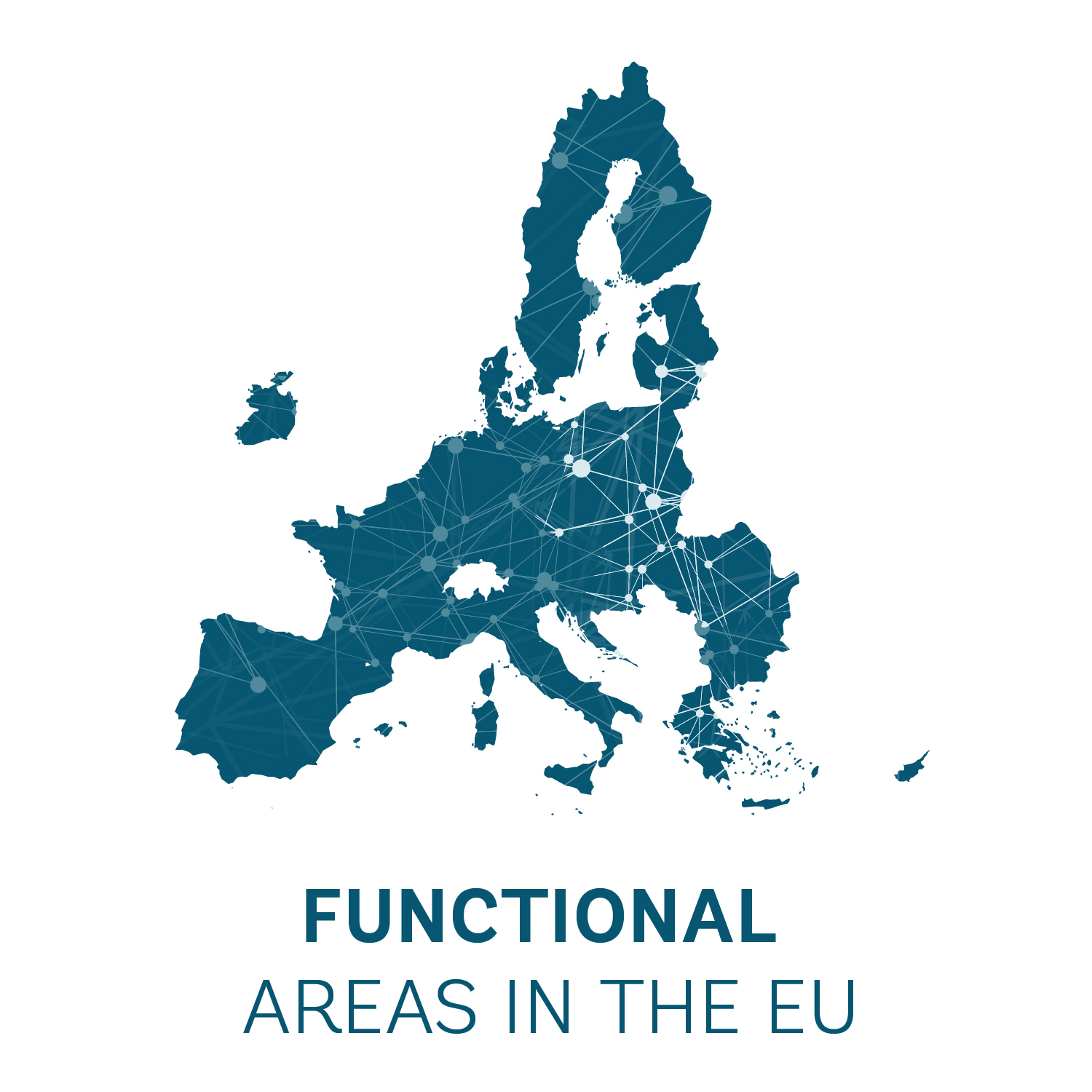
CLIMATE CHANGE ChallengeThe Kalisko-Ostrowska Agglomeration Association responds to climate changes and tries to accomplish the need to adapt the area to the new conditions resulting from climate change. SolutionThe ecological effects depend on the actions taken, identified on the basis of a wide diagnosis, including verification of the features of local government units and threats occurring in the the Kalisko-Ostrowska Agglomeration (AKO) Association area. The rapidity of the phenomena related to climate change and their frequency are particularly dangerous, therefore the identification of activities aimed at counteracting the occurrence of extreme phenomena, preventing their effects and understanding the adaptation potential of AKO is the aim of this study. For this purpose, was necessary to carry out a complex analysis of the inhabitants’ needs, occurrence and forecasting. occurrence of extreme phenomena or interpretation of documents and existing data concerning extreme phenomena, including statistical data. The Kalisko-Ostrowska Agglomeration Association is the beneficiary of funds from the Provincial Fund for Environmental Protection and Water Management in Poznań. The grant was received for the development of the “Plan of adaptation to climate change in the Kalisz-Ostrow Agglomeration” in the amount of PLN 60,000.00. Through this project was created TeRRIFICA, the website page. This page was created to collect experiences and opinions of residents on perceived climate change in their local environment. TeRRIFICA is a project that focuses on listening to the opinions of various people (not only scientists, but also citizens, politicians, entrepreneurs and teachers ) and co-creating competences in this global problem. There are no right or wrong answers and opinions here. These are only your personal experiences related to the changing climate. The developed plan of adaptation to climate changes in the Kalisko-Ostrowska Agglomeration will contain an analytical and diagnostic part of the Agglomeration area, which will allow to learn about the needs of the inhabitants and plan such activities that will meet the needs of the inhabitants and ensure their safety. The implementation of the Plan will improve the safety of residents and increase protection against the effects of climate phenomena and their derivatives. From the analysis contained in the plan, would be selected adaptation measures, the implementation of which will contribute to the achievement of other important social, environmental and economic goals. An important effect of the plan will also be its educational part, involving, for example, raising awareness at the local level. Useful links: project website for collecting data from residents: http://mapujklimat.terrifica.eu/ako/index.php Plan of adaptation to climate change in the Kalisko-Ostrowska Agglomeration http://sako-info.pl/warsztaty-dotyczace-planu-adaptacji-do-zmian-klimatu-w-aglomeracji-kalisko-ostrowskiej/ Other best practices Tourism, culture and brandingHarnessing the Untapped Potential: The All-Season Tourism Masterplan for Jiu ValleyJiu Valley & Jiu ConurbationContinue reading Best Practices | Urban regenerationUrban-rural linkages: regeneration of public spaces in the Cluj Metropolitan AreaCluj-Napoca Metropolitan AreaContinue reading Governance | Strategic planningIntegrated Development Strategy of Brno Metropolitan AreaBrno Metropolitan AreaContinue reading 12Next
About this resource
In 2021, the European Commission launched a pilot project to improve functional area approaches in the EU and has partnered with the World Bank to implement this initiative. As part of the project, the project team collaborated with 12 functional areas from seven EU countries, providing them with tailored technical support and assistance: Zagreb Urban Agglomeration (Croatia), Brno Metropolitan Area (Czech Republic), West Athens (Greece), Lake Balaton Area (Hungary), Kalisz-Ostrów Agglomeration, Kraków Metropolitan Area (Poland), Jiu Valley and Jiu Conurbation Functional Area, Caraș-Timiș Functional Area, Cluj Metropolitan Area, Oradea Metropolitan Area, West Ialomița Functional Area (Romania), and Trenčín Functional Area (Slovakia).
Similar content
